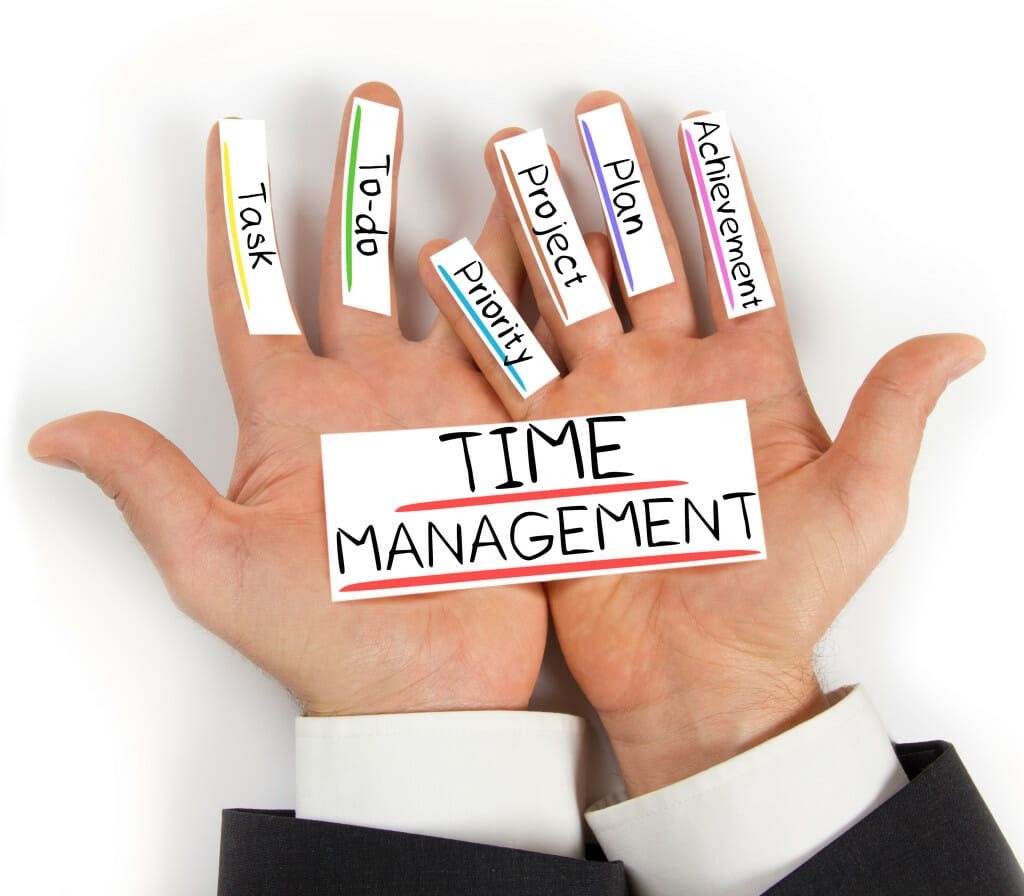1. Create a Designated Workspace
It’s tempting to work from the couch or even your bed, but these spots can quickly kill your focus. Your brain associates them with rest, not productivity.
Tip: Set up a space—however small—that’s dedicated to work. A spare room, a corner with a desk, or even a table by the window can signal to your brain that it’s time to focus. Keep this space tidy and free from non-work-related clutter.
2. Start Your Day with a Routine
Rolling out of bed and opening your laptop in your pajamas might save time, but it doesn’t prepare your brain for a productive day.
Try this: Build a short morning ritual: shower, get dressed (even just a clean T-shirt and jeans), make coffee, and sit down at your desk by a specific time. Consistency creates a mental shift into “work mode.”
3. Set Daily Goals (and Write Them Down)
Without the structure of an office, your day can quickly become a blur of tasks without clear direction.
Solution: Start each morning by writing down 3–5 specific tasks you want to accomplish. Prioritize them. Seeing your goals on paper helps keep you accountable and focused.
4. Use the Pomodoro Technique
The brain isn’t built for nonstop work. Trying to power through hours without a break leads to fatigue and wandering attention.
How it works:
-
Work for 25 minutes (a “Pomodoro”).
-
Take a 5-minute break.
-
After four Pomodoros, take a 15–30-minute break.
This method builds urgency, reduces burnout, and makes distractions less appealing because a break is always just around the corner.
5. Mute Notifications (Seriously)
Emails, Slack messages, social media—notifications are designed to grab your attention, and they do it well.
Quick fix: Turn off non-essential notifications during deep work periods. Use tools like “Focus Mode” (Windows), “Do Not Disturb” (Mac), or apps like Freedom and Forest to block distractions.
6. Timebox Your Schedule
Timeboxing means assigning specific time slots to specific tasks. It’s more powerful than a simple to-do list because it commits you to when you’ll do something.
Example:
-
9:00–10:30 AM: Write monthly report
-
10:30–10:45 AM: Break
-
10:45–12:00 PM: Team meeting
-
1:00–2:00 PM: Respond to emails
By giving your day structure, you minimize decision fatigue and stay focused on one thing at a time.
7. Tame Household Distractions
When you’re home, that pile of dishes or the barking dog can easily interrupt your flow.
Solutions:
-
Do a quick “house reset” before work starts—load the dishwasher, tidy up.
-
Use noise-canceling headphones or play instrumental music to drown out background noise.
-
Communicate boundaries with people you live with: set “do not disturb” hours or hang a sign on your door.
8. Move Your Body Midday
Sluggish by 2 PM? It’s not just you. Our energy naturally dips in the afternoon.
Try this: Step away for 10–15 minutes. Take a walk, stretch, do a quick yoga flow. Movement boosts oxygen to the brain, improves mood, and helps you come back refreshed.
9. Keep Work and Life Separate
When your home is your office, it’s easy to blur the line between professional and personal time.
Tips:
-
Set a firm end time for your workday.
-
Shut down your computer, close your work apps, and physically leave your workspace.
-
Avoid checking work emails “just for a second” in the evening. Protect your off-hours to prevent burnout.
10. Reflect and Adjust Weekly
Productivity isn’t one-size-fits-all. What works this week may need tweaking next week.
On Fridays (or Sundays), ask:
-
What helped me stay focused?
-
What distracted me?
-
What small change could I make next week?
This short reflection can help you refine your environment, habits, and priorities to continuously improve your focus.
Final Thoughts: Build Focus, Not Frustration
Working from home can be incredibly rewarding—but only if you learn to work with your environment, not against it. Start small: try two or three of the tips above and build from there. The goal isn’t to become a productivity machine—it’s to stay present, reduce stress, and actually get things done without feeling overwhelmed.
Focus isn’t about working harder—it’s about working smarter, with intention.








